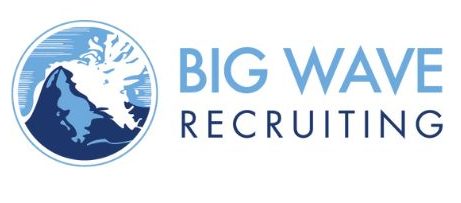
What is a Succession Plan?
A succession plan is a professionally guided process of identifying critical areas within your organization that must continually be filled to ensure the business continues to thrive and reach its full potential. A succession plan assumes that, though roles may be long-term, they are temporary.
By taking a holistic view of both current and future goals, an organization can plan for the future and ensure staffing needs are met with the right skillsets to keep the business operating into the future.
Is Succession Planning the Same as HR Planning?

No, succession planning, and HR succession planning are different. Human resources is often, and should, be included in succession planning, as they are critically involved in the creation and implementation of these plans. Your HR team is an essential component of mentoring, coaching, and training future leaders that come into these roles and need to be a part of the process during the creation of a plan to ensure your business maintains stability during future transitions. On the other hand, HR succession planning is specifically for HR executives to ensure the continuity of the HR business unit when an HR leader leaves an organization. This is the safety net for ensuring the decisions and organization already in place continue into the future.
What are the 5 Critical Steps of an HR Leadership Succession Plan?
Identify Key Positions
First and foremost, a succession plan requires the identification of positions that, if left vacant, would leave the organization struggling to achieve current or future goals, or drastically change the mission and direction of the organization. Typically, within most businesses, these key roles include HR executives, HR operations, and HR business partners and management.
Identify Capabilities
In the key HR positions identified, what are the relevant knowledge, skills, abilities, and competencies necessary to achieve the businesses goals? These should be mapped and quantified.
Identify Interested Employees
Through career development and discussions, HR identifies key areas that are vulnerable as well as candidates that are ready to take on those positions within the right timeline. While existing workers might not yet have the existing skills to fill a position, it may be possible for them to learn those skills if they are interested in the position and a vacancy is on the horizon.
Develop & Implement Knowledge Transfer Plans
Knowledge transfer is a critical part of developing the organization and ensuring position transfers are seamless. First, defining the plan requires that learning and training experiences for key positions are defined. Cross-training and job shadowing can expose individuals to new positions and provide interim position coverage when needed. This is also an excellent opportunity to link learning plans to hands-on knowledge, skills, and abilities required for future roles.
Knowledge transfer plans are less defined, so HR must discuss with HR executives and business partners individually how they can pass on their corporate knowledge to their successor.
Evaluate Effectiveness
The implementation of these plans must be effective to keep the company thriving during times of change. These plans must be developed for all key areas, and key positions must be filled quickly upon, or before vacancy. Processes must also be put in place to ensure new employees in those positions perform effectively, with the support necessary to learn the management responsibilities.

What Role does HR Play in Planning?
HR plays a significant role in the creation of a succession plan for any business, as they will be the ones assisting leaders in identifying successors in the organization, creating and implementing your plans for growth, and monitoring progress of prior plans. Throughout an HR professionals’ work, they are constantly helping employees adapt to evolving factors both internal and external to the organization. Succession planning is an important part of this adaptability, ensuring the organization can continue to thrive in the present and into the future, even for its own department.
What Does Succession Planning Include?
Succession planning includes business valuation, retirement planning, and recruitment planning. HR professionals may also identify and create a talent pipeline in the company, which prepares new hires to fill upcoming or current vacancies as the people in those positions retire or move on.
Succession planning typically only includes critical roles – such as the HR executives – within the company and does not necessarily need to include all existing positions for all employees. The idea is that succession planning covers all critical roles that could drastically affect the organization’s function in the event of a vacancy, and is essential for the HR department as it plays an integral role in the company’s culture, compliance, and business planning.






